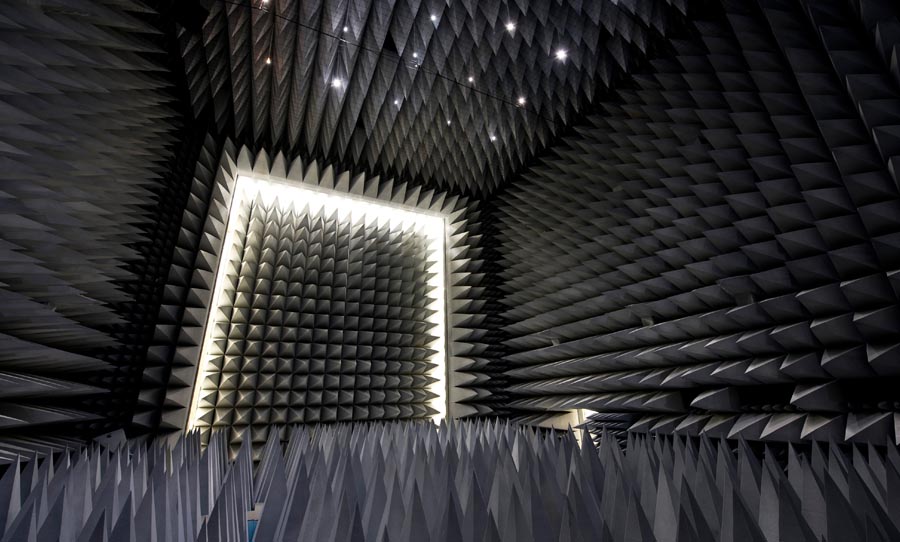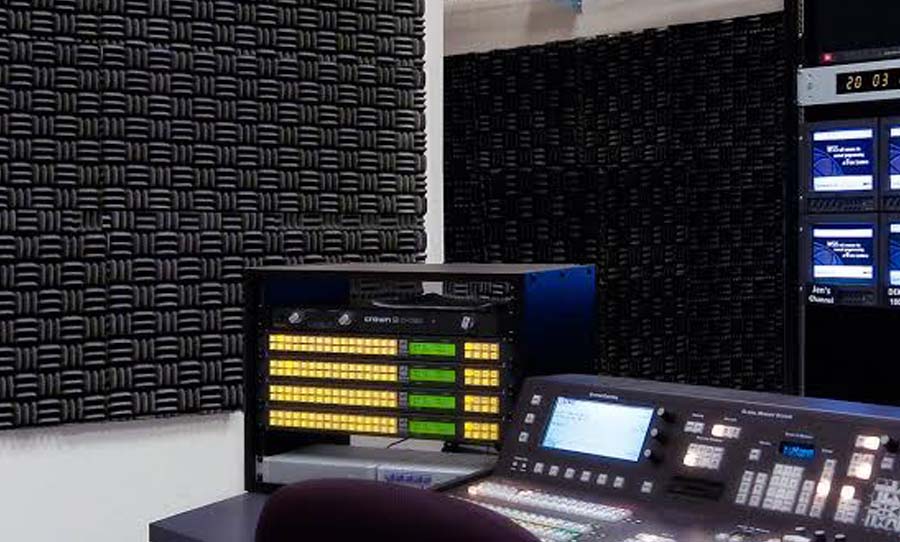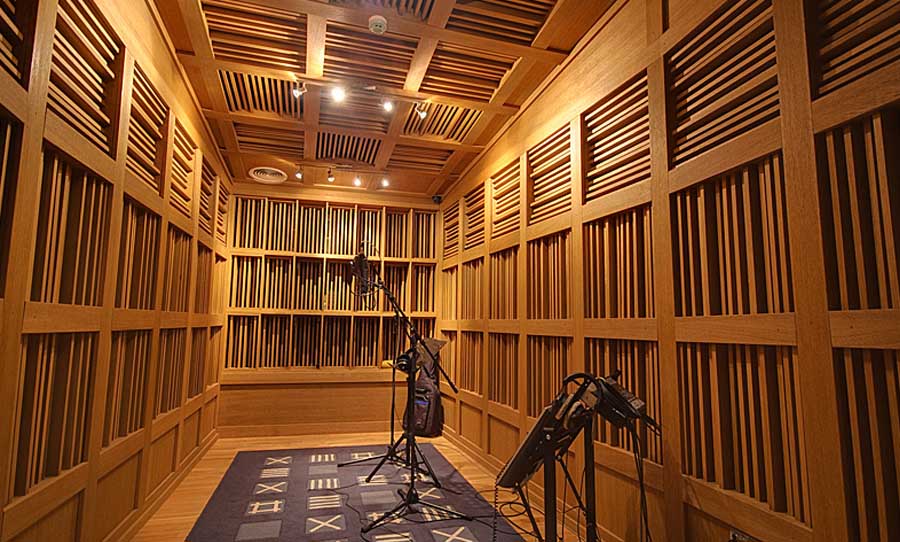No matter what gear you have and no matter what style you’re working with, at the heart of mixing is one key skill: the ability to make decisions. Being decisive is one thing, but trusting your room to reflect your decision-making process is another. This is where acoustic treatment comes into play.
But why would the room’s acoustic treatment affect whether you trust it or not? Any room is subject to the vagueries of reflections, frequency-dependent nulls and peaks and much more. The way we use acoustic treatment can provide accurate translation and reassure you that you’re making the best decisions when it counts. 
Acoustic treatment can make or break a studio. Attaining the most accurate reflection of a mix possible is key to making the best decisions, so let’s delve into this dark art.
The Pitfalls
The spectrum of human hearing ranges from 20 – 20,000 Hz. Depending where the sound finds itself on that scale, it will behave very differently. In the lower numbers lie the sounds that have a lower pitch. For example, the fundamental frequency of a low E string on a bass is 41 Hz, the standard guitar is an octave above at 82 Hz.
Depending on the dimensions of your room, it may or may not be able to accommodate a wavelength that’s produced by a low frequency. Sure you’ll be able to hear it and identify it as a low E on a bass guitar, but the sound could be unnaturally reinforced or weakened when compared with other notes. This phenomenon of cancellation or resonance is caused by “standing waves”.
To mitigate against these kinds of inconsistencies at the bottom of the frequency spectrum, you should consider acoustic treatment in the form of absorption.
Soaking it Up
The days of egg-carton insulation in the home studio has largely gone by the wayside. Acoustic absorption based on foam is affordable and comes in plenty of varieties. Those who are building their own space might consider products like acoustic batts to fit into the wall’s studwork. If you’re dealing with a pre-existing room, there a variety of absorption panels that can be fitted directly to your walls.
What matters most when you’re considering absorption is density and thickness. Simply put, the thicker and denser the material, the more effective it will be when absorbing lower frequencies. In the corners of rooms, bass traps are a common technique to deal with problematic low-end. Bass traps can be quite expensive, yet the principle is basically the same as mid-range absorption – just with a lot thicker foam.
As you climb up the frequency spectrum, and you’re dealing with instruments like pianos, human voices, drum cymbals and more, the problems can still be apparent, but thankfully, are much easier to solve. Higher frequencies have shorter wavelengths and need less amplification to be apparent.
With higher-pitched sounds, you’re more likely to encounter issues like “flutter echo”. To experience it for yourself, go into your bathroom and clap. Hear those quick, percussive sounds bouncing around the room? That’s the flutter echo experience. As you can imagine, it might make a hi-hat annoyingly difficult to pinpoint in the stereo field clearly if it’s bouncing around your mix room.
Yet, because of the shorter wavelengths, the standing wave issue that is experienced at lower frequencies isn’t largely negated. To clean up those reflected sounds, a smaller amount of acoustic treatment is required. Strategically placed around key reflection points in the room, this type of acoustic treatment can create a more focussed mixing room. 
Natural Beauty
Another approach to creating a natural, relaxed and accurate mixing room is hanging diffusion panels. Rather than soaking up sound like a sponge, it scatters high frequencies around the room, breaking up parallel reflection points. This can help to maintain a natural brightness in the room while avoiding harshness – in photography terms, think of it as the difference between natural light and a flash.
The materials used to created diffusion are different from absorption. Hard and irregular surfaces composed of lacquered timber or stone are the best components to use when creating this treatment. Even using a stacked bookshelf will go some way to scattering those high frequencies in a natural way throughout the room.
Acoustic treatment is a much bigger topic than can be tackled in the scope of one article. Sound is a live and unpredictable phenomenon – understanding as much as you can about how frequencies work is the first step on the journey.
Beginning to understand the principles of absorption and diffusion will set you on a path to creating a room that reflects your mixing choices, giving you more practise in the art of crucial decision making.


